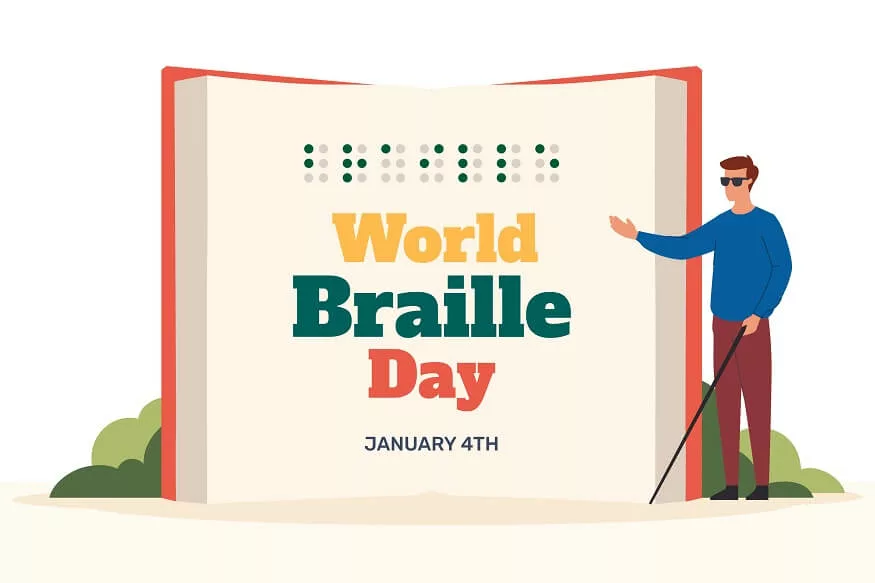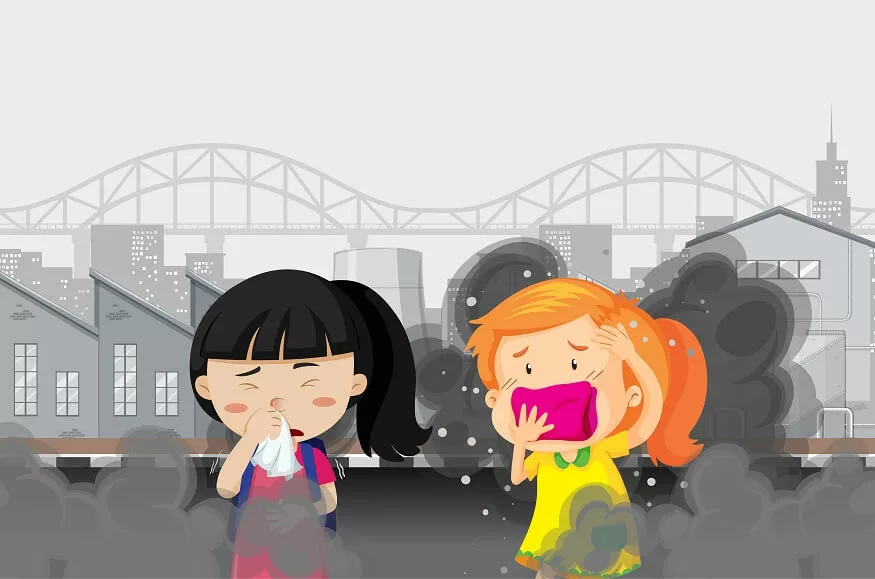World Braille Day is celebrated annually on January 4 to pay homage to Louis Braille, the ingenious inventor behind the tactile writing system that has transformed the lives of millions of visually impaired individuals worldwide.
World Braille Day: History
Louis Braille, a French educator, was himself blinded at the tender age of three due to a tragic accident. Despite his visual impairment, his indomitable spirit and determination led him to develop the Braille system at just 15 years old. Inspired by a military system of night writing, Louis Braille simplified and adapted it to create an efficient and universally accessible method of communication for the blind. World Braille Day stands as a testament to Braille’s enduring legacy.
World Braille Day Significance
World Braille Day holds profound significance as it serves as a reminder that communication is a fundamental right for everyone, regardless of their abilities. The Braille system empowers individuals with visual impairments to read and write, providing them with a gateway to education, literature, and information. By familiarising children with this remarkable system, we not only celebrate the legacy of Louis Braille but also nurture a future generation that values diversity and accessibility.
Also Read: 15 Famous Indian Scientists and Their Inventions
World Braille Day Facts
Let’s unravel some fascinating facts about Louis Braille and Braille system
- Inventor’s Tenacity:
Louis Braille, the inventor of the Braille system, lost his vision at the age of three due to a mishap in his father’s workshop. Undeterred by his visual impairment, Braille exhibited remarkable determination and resilience throughout his life.
- Youthful Ingenuity:
Louis Braille developed the Braille system when he was just 15 years old. His invention was born out of a desire to create a practical method of reading and writing for the blind.
- Tactile Simplicity:
The Braille alphabet consists of a grid of six dots arranged in two columns of three. This ingenious simplicity allows for the representation of letters, numbers, and punctuation marks, making it an efficient and easily learnable system.
- Universal Language:
Braille is not confined to any particular language. It is a universal code that transcends linguistic barriers, allowing visually impaired individuals to read and communicate in multiple languages.
- Literary Access:
Braille opens up the world of literature to the visually impaired. Through Braille books, individuals can independently access a wide range of literary works, from fiction to academic texts, promoting education and intellectual growth.
- Global Recognition:
The Braille system is internationally recognised and used, reinforcing its importance on a global scale. This recognition ensures that blind individuals can communicate seamlessly, regardless of their location or native language.
- Braille Music Notation:
In addition to literary works, Braille also has a music notation system. This allows blind musicians to read and write music independently, contributing to the accessibility of the world of music.
- Digital Adaptation:
With technological advancements, Braille has found its way into the digital realm. Electronic Braille displays and refreshable Braille keyboards have been developed, enabling blind individuals to engage with digital content and technology.
- World Braille Day Celebration:
World Braille Day is observed on January 4th each year, marking Louis Braille’s birthday. It serves as a global reminder of the significance of Braille in promoting inclusivity and providing equal opportunities for the visually impaired.
- Braille on Banknotes:
Some countries incorporate Braille on their banknotes to make currency accessible to individuals with visual impairments. The inclusion of Braille on banknotes contributes to financial independence for blind individuals.
Also Read: Biological Science: Inventions and Discoveries
Braille Day Activities For Children
Engaging children in Braille Day activities can be a fun and educational way to introduce them to the world of tactile communication. Here are some creative and interactive activities tailored for young learners:
1. Braille Alphabet Exploration
Create tactile materials representing the Braille alphabet. Use materials like clay, beads, or textured paper to form the six-dot configurations of each letter. Allow children to touch and feel the Braille alphabet, associating the unique patterns with specific letters of the alphabet.
2. Louis Braille Storytelling
Share a simplified and interactive storytelling session about Louis Braille’s life. Use visual aids, such as pictures or a tactile storyboard, to help children understand his journey and the significance of the Braille system. Encourage children to ask questions and discuss their thoughts about Louis Braille’s invention.
3. Braille Reading Games
Create Braille flashcards with common words or the names of the children themselves. Encourage them to feel and decode the Braille patterns to identify the words. Organise Braille reading races, where children compete to decipher Braille words or messages the fastest.
4. Braille Art and Craft
Incorporate Braille into arts and crafts activities. Provide materials for children to create their names or short messages using Braille. Explore the concept of tactile art by having children create Braille-inspired drawings or paintings, using different textures to represent the dots.
5. Exploring Braille Books
Introduce children to Braille books or use online resources that offer interactive Braille stories for kids. Organise a group reading session where children take turns reading a Braille story or feeling the Braille characters as the story progresses.
6. Braille Day Collaborative Projects
Engage children in group projects that promote teamwork and creativity. For example, create a large Braille mural using textured materials or arrange objects to form Braille messages. Encourage discussions about the importance of inclusivity and how the Braille system facilitates communication for visually impaired individuals.
7. Sensory Braille Treasure Hunt
Organise a Braille treasure hunt where children follow Braille clues to find hidden treasures.
Hide objects with Braille labels around the space, and provide children with Braille-encoded hints to guide them in their search.
8. Braille Musical Experience
Explore the connection between Braille and music. Create Braille music sheets for simple tunes or rhythms. Allow children to use small percussion instruments or their hands to play the Braille-encoded music, combining tactile and auditory experiences.
9. Braille Day Exhibition
Set up a small Braille Day exhibition within the learning space. Display Braille books, tactile art, and projects created by the children. Invite parents or other classes to visit the exhibition, promoting awareness and understanding of Braille among a wider audience.
10. Braille Snack Time
Incorporate Braille into snack time by providing foods with Braille labels or arranging snacks to spell out simple Braille words.
Use this as an opportunity to discuss how Braille extends beyond reading and writing to various aspects of daily life.
Also Read: World Computer Literacy Day 2023: Importance of sound computer knowledge for students
EuroSchool joins hands in unlocking a world where every child can read and write, regardless of the language they use – a world where the dots connect us all.










